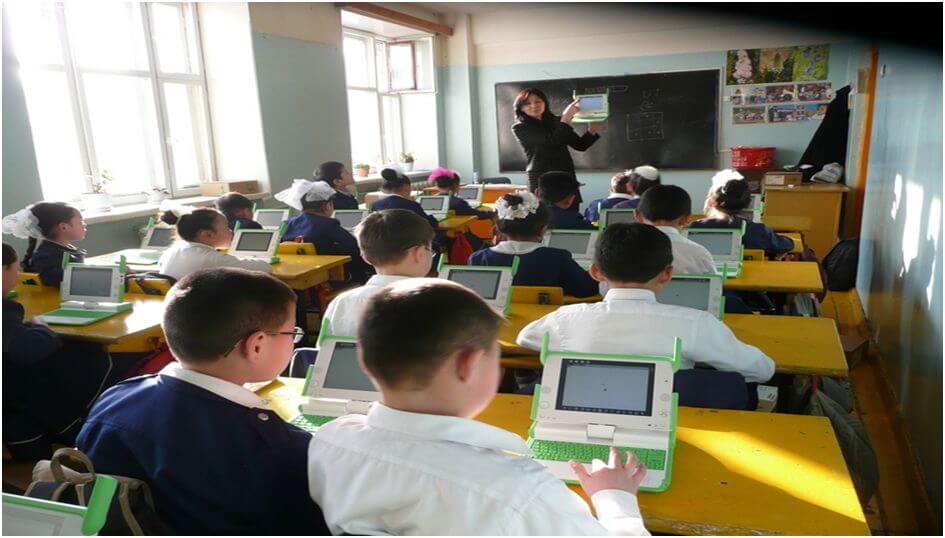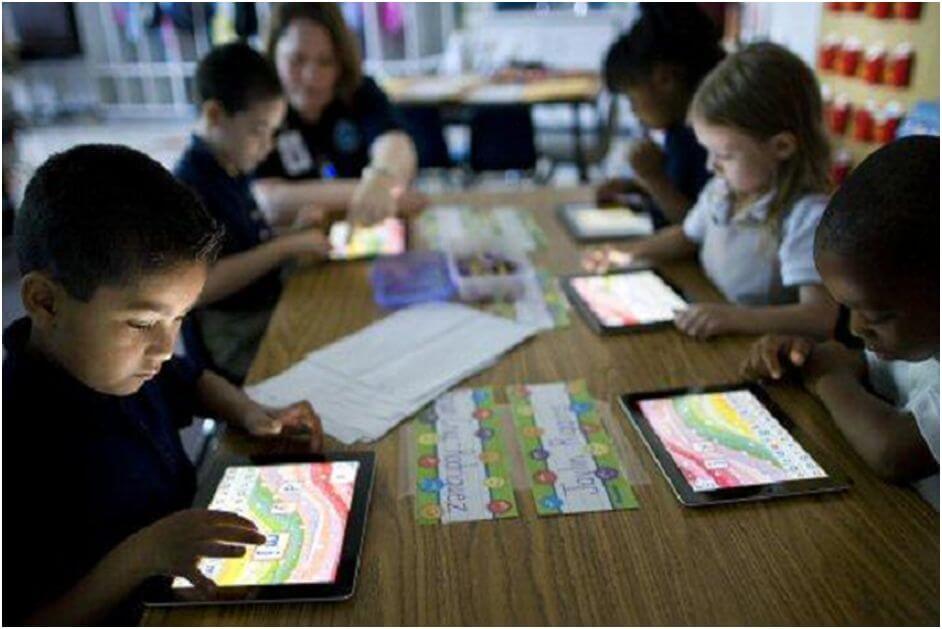Technology is helping us expand our horizon and think beyond the traditional school of thought. While this stands to be true for each and every domain, today’s education system has already imbibed many technological changes. We are moving further with a vision that is more accepting of disruptive technologies and changes that they bring along.
Working Our Way to a Common Ground
What still needs a little work is the conviction and coming together of all stakeholders. Teachers and students need to be on the same page with these changes and be more in line with associated expectations. There needs to be planning and strategizing along the lines of making these changes acceptable and comfortable for everyone. So it’s not just the student who simply moves from a blackboard to a live whiteboard, but there are systems and planners involved to help run those online systems seamlessly. We could help a smooth transition by picking champions from each community of these stakeholders who further help their peers understand the advantages and changes this brings. So, helping stakeholders see the same vision by conducting visioning sessions at the onset could be one way to go about it.
Model Classrooms could help the way teachers understand how the new classroom would look like when they transition to modernize learning environments that use AI, VR or AR. There is also a possibility to test and question and customize as they move forward. Prototyping the future classroom to understand how to work with new systems, panels, equipment, and technology will help them move further without hiccups.

With VR assisted teaching aids, it’s possible to let teachers be a part of their changed classroom setups. Architects can place you in life like the virtual classroom environment, where you feel a part of the process and understand if you are comfortable, any changes that you desire, etc. Schools administrations also organize a commissioning process to assess the new systems and processes before final launch. Teachers and other stakeholders get together to understand the concepts behind the reinvented learning systems. They also get the opportunity to understand the operations and have the perfect platform to raise their doubts or demand any changes.
Technologies in Education
With Artificial Intelligence and Virtual Reality changing the way we lead our lives, there is an ample number of technological offerings using these as a backdrop: spreading and enhancing the reach of education.

Artificial Intelligence: With Siri and Alexa becoming an integral part of our daily lives, AI isn’t limited to sci-fi films anymore. Its gradual penetration in the education domain helps trainers and students alike. Automated grading systems are proving to be major resource saviours for the trainers and AI chatbots can assist professors by communicating with his students on his behalf.
Technologies like Knewton are personalizing content for the specific student, basis his learning abilities and requirements. AI systems also help trainers understand the issues and concerns with his teaching methodology by evaluating responses of the students’ groups in a classroom setup. The trainer can then change his approach accordingly.
Virtual Reality: Virtual Reality seeks student and trainer involvement in the topic, like never before. It works on the basis of a VR headset that is completely user-friendly and offers a smooth interface. Gesture controls, easy to use trainer controls and educational resources that are demanded by the subject (embedded in the system), make it unrealistically live. Students get to experience and be a part of the subject: helping attention and retention and helping engagement.
Applications that Reinvent the Education System

Flashnotes: Boring classroom lectures left us doodling on the back pages of our notebooks. That could well be a thing of the past now with no more copious note-taking. You can be more innovative with Flashnotes, where you can actually upload the classroom notes and help others access them as well. The rating system allows the best notes-taker to grab in more askers and make money as you go about it. So you get to socialise and make a wider network of friends on the go.
Study Blue: Get done with the huge bundles of textbooks and notebooks cluttered across the room, as you prepared for exams. Be more organized with Study Blue that can become the main repository for your coursework, notes, flashcards etc. You can thereupon share content that holds common interest with your friends. It helps you study as you travel or wait for that train ticket. You have access to your material anytime anywhere and an incentive to share it with friends
Celly: Celly allows for network creation amongst a common group of students and teachers. So as you travel for an excursion or study trip, participate in a rally, or take a common workshop, you all can stay connected with this group texting app. It also helps all the backbenchers or introverts speak up and share their thoughts and ideas, who never do that in a live environment. Moreover, students can share their thoughts comprehensively. Instructors who have experience with the app swear by its benefits of bringing the group together.
LessonCost: Trainers and instructors need peer support and advise as much as their students do. Lesson Cost helps tutors draft a lesson plan and submit the same while focusing on the idea behind it, strategy towards implementation, and resources to access the content. They can do so through a video, a powerpoint presentation or documents and share them with other instructors. Again the app is helpful to build an instructor network where they find a common ground to share their ideas and thoughts.
Knewton: This is one technology that works by way of personalizing content per the student learning skills and abilities. It aligns the lecture plan basis the student activity and level of understanding. It also acts as an integrated mechanism to pool the different resources to track the student’s learning curve throughout his/her educational journey.
As they say, change is the only constant and reinventing the education system through these technological disruptions is just a way forward. With the world coming closer through different networking opportunities, it’s inevitable that old school systems prevail in a standalone manner. The knowledge and skills a teacher bring forth isn’t replaceable by a bot, but a bot can help the teacher offer more to his set of students. There is a need to reach that stage of perfect synergy between technology and us, and the world is working its way to achieving that.
James is a writer, blogger and an education freak who keeps on exploring the education industry. He is currently working with GoAssignmentHelp from past few years and has been indulged into delivering quality assignment and work projects for students.